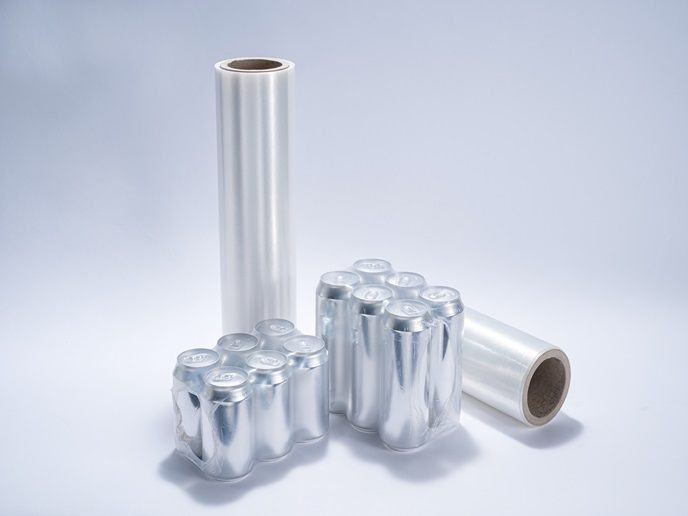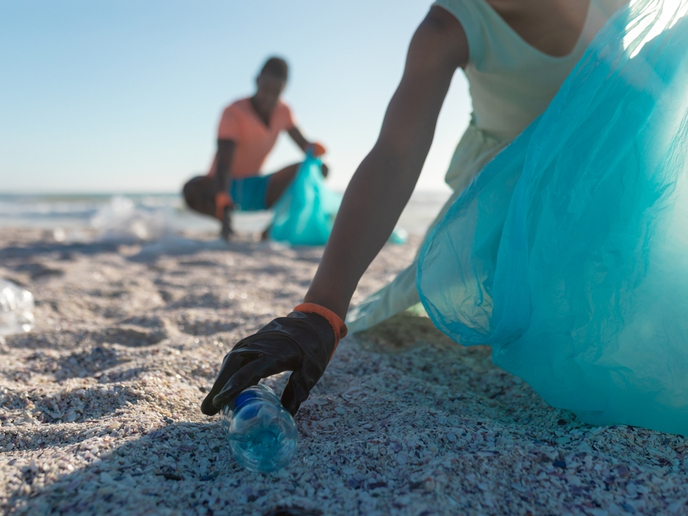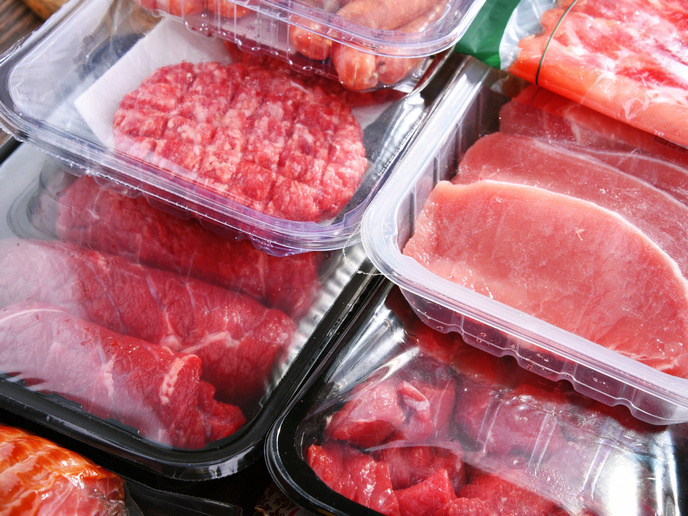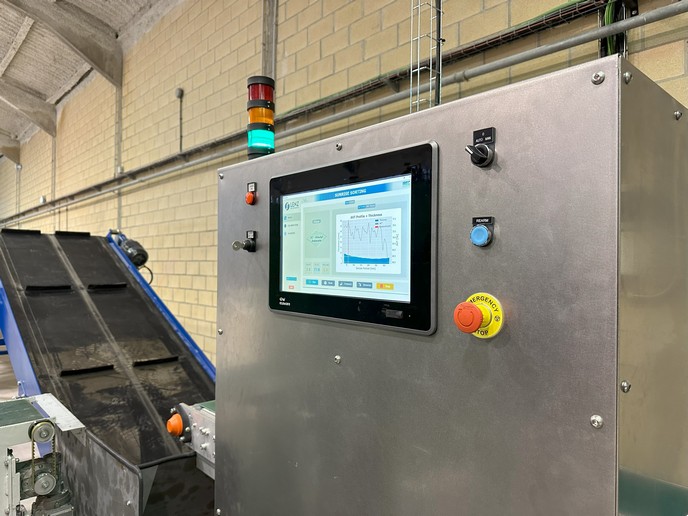The bio-based packaging films poised to be ahead of the pack
Half of the world’s plastic waste is caused by packaging. With only around 9 % recycled, the rest ends up in landfill or incinerators, polluting the environment. Due to the composition of its plastic, laminating and packaging film is particularly challenging to recycle. With most intended as single use, it significantly increases plastic pollution. The FOIL’ON project, hosted by LAM’ON, has developed a unique bioplastic alternative that offers the same functionality as conventional laminating and packaging film, while avoiding the disastrous environmental impact. As project coordinator Gergana Stancheva explains: “Made from bio-based and renewable resources, our solutions naturally transform into compost when discarded; with our production using half the energy normally needed for film extrusion.”
Unrolling the biodegradable product line
The key ingredient for FOIL’ON’s packaging solutions is polylactic acid, a biopolymer sourced from corn starch. The team mixed this with other bio-based additives to develop two product lines: LAM’ON for laminating films, and PACK’ON for packaging films. “We discovered bioplastic laminating film is extremely hard to perfect, so while we have continued working on this, we also successfully released two packaging film products into the European market, PACK’ON Classic and PACK’ON Shrink,” says Stancheva. The PACK’ON Classic film is an all-rounder, designed to wrap everything from fresh produce and cosmetics to garments and electronics. Whereas PACK’ON Shrink is geared towards securing multipacks. Both underwent tests to evaluate performance and attributes such as tensile strength, flexibility, durability and film opacity. Life cycle assessments (which factor in raw materials, production, transportation and end-of-life options) were also conducted in independent accredited laboratories, to ascertain biodegradability, environmental impact and compliance with international sustainability standards. The team found that PACK’ON Classic’s greenhouse gas (GHG) emissions were around 1.682 kg CO2e (carbon dioxide equivalent), compared with 4.076 kg CO2e for traditional PET-based films, and 3.690 kg CO2e for polypropylene-based ones. PACK’ON Shrink was also found to improve upon competitors, with GHG emissions of 2.707 kg CO2e, compared with 3.573 kg CO2e for LDPE-based films and 3.064 kg CO2e for HDPE-based versions. “Our products can be produced by standard packaging manufacturing lines, meaning there is no additional machinery or staff retraining costs,” adds Angela Ivanova, financial officer at LAM’ON. The company’s Sofia production facility houses the equipment needed to further develop and test prototypes, alongside manufacturing more product lines for validation in real-world conditions with the help of packaging companies and leading brands. “Because Research and Development inevitably generates waste, we also bought equipment to recycle the films back into granules for future use,” notes Stancheva.
The coming age of bioplastics
With EU rules tightening around single-use plastic packaging, companies will increasingly want to switch to recycled and/or compostable solutions. “As all our products can be composted or recycled as bioplastics, we are well placed for the growing demand to separate bioplastics into a different waste stream,” notes Ivanova. LAM’ON is now focused on developing a barrier film for food packaging, complemented by another that is marine biodegradable, suitable for various applications. Meanwhile, the team will continue to improve the recipe for LAM’ON, the laminating film, aiming to launch the line by the end of 2025. Currently focused on the EU market, by the end of 2025 the aim is to double PACK’ON production capacity, making it available Europe-wide, with expansion into Asia and North America planned for 2026.
Keywords
FOIL’ON, compostable, packaging film, laminating film, biodegradable, compostable, recycle, landfill, polluting, plastic, biopolymer







